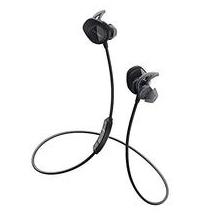Headphones purchasing advice: how to choose the right product
- What You Need to Know
- Headphones come in three main types: in-ear, on-ear, and over-ear. Picking the best model all depends on how you intend to use them.
- Those requiring headphones for a specific purpose can be sure to find specially designated equipment. These include wireless and Bluetooth headphones, noise-cancelling headphones, and even special headphones for DJs.
- The sound pressure levels, the frequency response, and the harmonic distortion can give us an idea of the sound quality.
Perfect Headphones for Every Situation
The market is filled with an enormous variety of headphones. Many shoppers are at a loss, when confronted with the seemingly infinite choice of products, ranging from simple in-ear headphones to expensive, high-end models. With a little bit of background information, however, choosing the right headphones becomes a piece of cake.
Versatility: How and When Should I Use Headphones?
Particularly for those living in the city, background noise can be a huge problem. Beeping cars, blaring motors, and a million other things can raise ambient noise to an unbearable level. For some people, this causes unnecessary stress which can, in turn, be harmful for the body. It is not surprising then that so many people choose to blend out this stressful background noise by listening to their favourite music on headphones. Listening to music on headphones represents a moment of respite in a busy day or while waiting for the bus.

This leads to another great advantage of headphones. Dead time spent waiting or travelling seems to be shortened by having something to listen to. Besides just listening to music, users can watch videos and films, chat on the phone with their best friend, or talk to their boss via video call. This helps to keep boredom at bay and turns time spent waiting into something more productive. Listening to music on headphones can also serve as motivation while working out. Be it at home or at work, headphones have plenty of uses.
That said, not all models are equally suitable for certain tasks. For this reason, shoppers should take particular note of a few things before buying. With the exception of a few models, nearly all headphones are electrodynamic sound converters that take the electrical signal and convert it into acoustic sound waves. On the membrane of the headphones can be found a coil enclosed by a magnetic field which is set into motion by the electric current (magnetic induction). The membrane is set into motion to create sound waves. Generally speaking, most headphones work in a similar fashion. It is mainly the sound that they generate that sets different Models apart.
Different Types and Designs of Headphones
Expect to find an enormous range of different models when searching for new headphones. There is a different model and corresponding price range for every possible use under the sun. Nearly all headphones fall into one of the following three main categories:
- in-ear or earbud headphones
- on-ear headphones
- and over-ear headphones.
In-Ear & Earbud Headphones
Earbuds need to be squashed into the inner ear, while in-ear headphones can be flexibly positioned at the entrance to the ear canal itself. In-ear headphones often come with silicon or sponge attachments which make wearing them more comfortable and, similarly to ear plugs, help to reduce ambient noise from the surroundings. This can, however, be a problem when driving on the road, as they can block out important traffic noise.
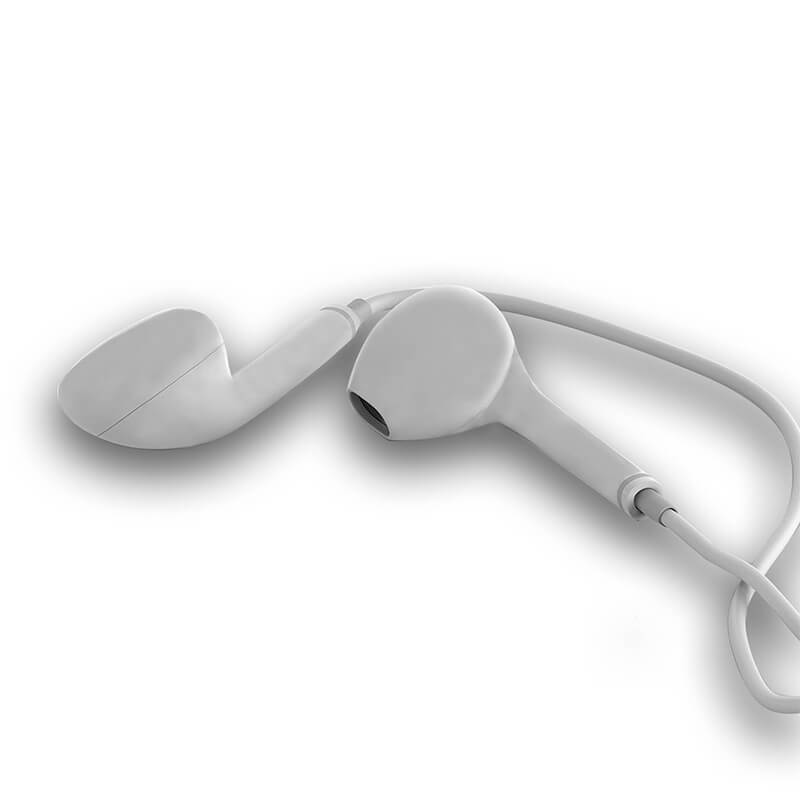
In-ear models are most popular for use on the go, while earbuds have become somewhat of a niche relic in the last few years. Thanks to their compact construction, this type of headphones fit seamlessly into any bag and can be transported with ease. There are occasional reports of discomfort caused by in-ear headphones sitting uncomfortably in the ear canal. To combat this, some manufacturers offer in-ear headphones which can be adjusted to the taste of the individual.
Advantages
- Perfect for use on the go
- Very compact construction
- Lightweight
Disadvantages
- Not suitable for driving
- Reports of discomfort during use
On-Ear Headphones
As the name suggests, these headphones rest on top of the ears. They belong to the category of headset headphones and are made from two padded speakers joined by an adjustable, connecting head band. Even though they are significantly larger than in-ear models, they are still suitable for use on the move thanks to their relatively compact construction. The most obvious advantage of on-ear headphones is the improved sound quality. Most models can also be folded up and stored in a bag or rucksack.
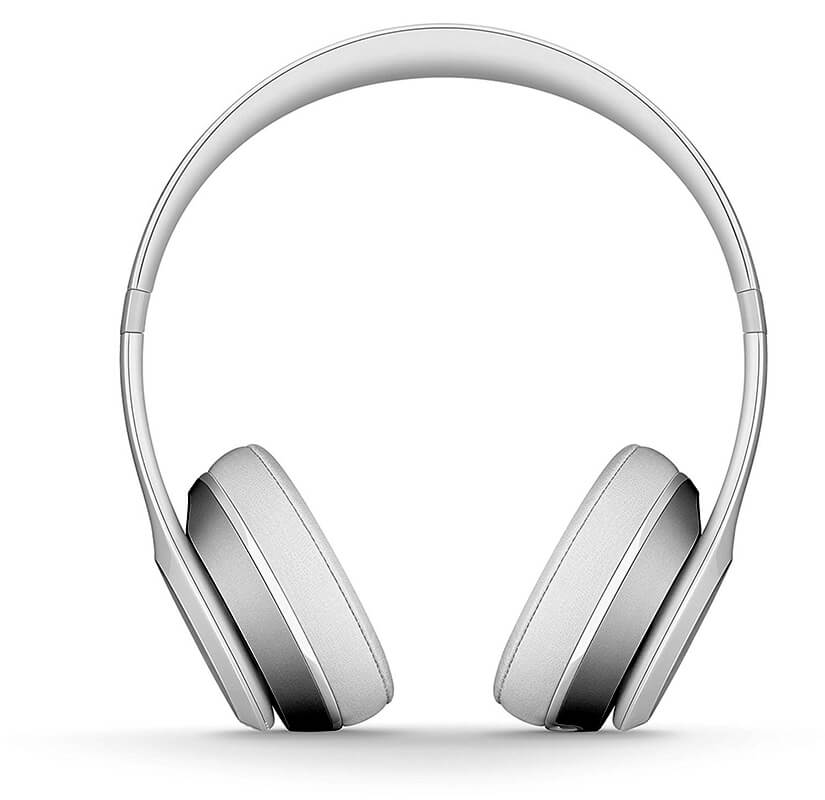
Depending on the model in question, on-ear headphones sometimes emit more sound into the surroundings, potentially causing disruption to third parties. On the other hand, more outside noise can also be picked up by the wearer, which can make them a better choice for use in traffic. There are large differences with regards to the comfort provided by on-ear headphones. If worn for a long time, an uncomfortable pressure can build up on the outside of the ear. By the same measure, excessive looseness can lead to slippage.
Advantages
- Good sound quality
- Comapct construction
- Lightweight
- Outside noise remains audible (better for use in traffic)
Disadvantages
- Sound can emanate into surroundings
- Slippage or too much pressure
Over-Ear Headphones
Over-ear headphones are also headset headphones, differing only from on-ear versions in that the ear pads surround the entirety of the ear. They are, in comparison, significantly larger. These models are less suitable for use on the move, although there are more and more foldable models arriving on the market. High-value over-ear headphones offer excellent sound quality. Due to their higher impedance, however, they are less suitable for use with smartphones.
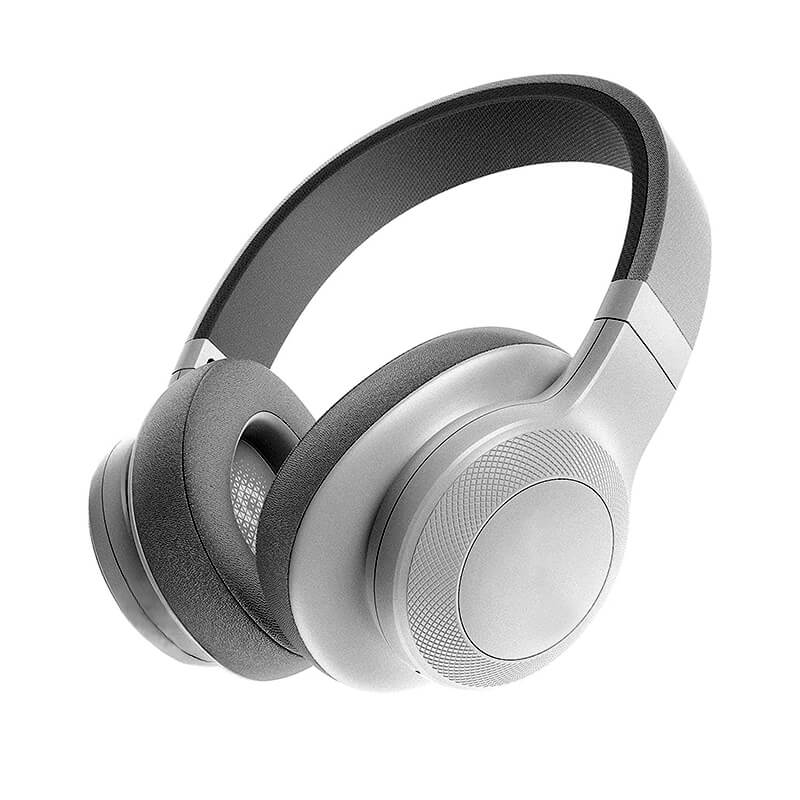
These headphones are undoubtedly the best choice for true music enthusiasts and home-cinema lovers. This is primarily because annoying ambient noise is kept out, allowing for pure sonic enjoyment. Deep bass tones sound particularly good with these models as soundwaves are unable to escape the immersive earpads. Because of this, listeners can expect to enjoy clear and crisp sound, even at low volumes.
Advantages
- Perfect for music and home cinema lovers
- Very good sound quality
- Lightweight
Disadvantages
- Large and often heavy
- Ears can become warm if worn for a long time
Basic Construction Differences Between Different Types of Headphones
In product descriptions, you can expect to find the terms ‘open’, ‘half open’ and ‘closed’. With closed systems, not much noise can escape, meaning that it is unlikely that users will disturb anyone close to them. The flip side of this is that external noises are almost completely excluded. Sound can also be reflected within the enclosed space of the ear pad, negatively affecting the sound quality. Open headphones are not enclosed and can therefore emit noise into the surroundings. By the same measure, noise from the surroundings can also seep in. Half-open headphones are a compromise between the two systems.
Specialist Equipment: Wireless Headphones, DJ Headphones, etc.
A quick look at the options available gives the impression that there is a different type of headphones for every occasion. A correct assumption, since not every type of headphones is suitable for every task. Wireless headphones allow for more freedom in your movements. Lots of users are becoming more and more frustrated with traditional models and are instead turning to Bluetooth and wireless options. Wireless models can be broken down into three main categories:
| Type of Signal | Description |
| Infrared | Here, transmission takes places via infrared signal. With this technology, a direct line of sight is required to the receiver. |
| Analog | The transmission quality is much better when compared with infrared. When changing position or accidently extending the distance between signal and receiver, hissing or other annoying noises can appear. |
| Digital | High-quality sound is the standout feature of digital signal. Hissing is kept to a minimum while, inside the receiver radius, the signal remains strong. |
Digital transmission is currently the most widely used of the technologies and offers the highest sound quality of all the models. The signal for Bluetooth headphones is also transmitted digitally. To use this technology, both the transmitter and receiver must be equipped with Bluetooth. Expensive headphones are made specially for use by professional DJs. Noticeable features of these models are a good exclusion of environmental sound, the correct impedance, and a stable fit on the head. Lots of DJ headphones also have rotatable earpads.

Unwanted ambient noise is simply filtered out by noise-cancelling headphones. Models with active noise cancelling use a microphone to capture the sound of the surroundings before flipping this sound information 180 degrees. The reversed sound waves are then played over the normal sound, essentially deleting the unwanted noise. Here the construction plays an important role, as over-ear headphones play an additionally insulative role in keeping out noise.
What to Look Out for When Buying
Choosing a specific type of headphones comes down to a number of different criteria:
- the intended use,
- the design,
- the impedance,
- the value for money
- and the connectivity (with or without wires).
Whichever design you choose depends first and foremost on the intended use. In-ear headphones are most suited to use on the move as they can be quickly stored away in a pocket or bag. Some foldable headset style headphones are also suitable for this. For the hard-to-please music lover and home cinema fan, the tone of the over-ear headphone is head and shoulders above the competition.
What Does Impedance Mean?
A vibrating coil on the inside of the headphone transforms electrical signals into sound waves. This comes with a certain resistance that can be measured in ohms. Headphones with higher impedance have smaller and lighter coils which are significantly more sensitive. A low impedance (under 100 ohm) is ideal for smartphones and battery-powered devices. A higher impedance of (150 to 600 ohm) signifies a sound quality which is suitable for a home cinema or hi-fi system.
Lots of product descriptions are written with a seemingly cryptic vocabulary of words like ‘sound pressure’, ‘frequency response’, and ‘harmonic distortion’.
- Sound pressure is measured in decibels and shows at which volume the sound quality will become distorted.
- Frequency response refers to the sound spectrum.
- With harmonic distortion, the lower the value the better. This value shows the relationship between the sound and unwanted background noises.
Wireless headphones offer you more freedom in your movements, although they rarely offer the same sound quality of versions with a cable. When using headphones with a cable you should pay attention to the jack. In some rare cases a 2.5mm socket is used in place of the standard 3.5mm. Only larger devices like amplifiers and stereos occasionally come with a 6.35mm connection.

Tips for Use During Sport
Special sport headphones are recommended for use during certain activities. They are extremely robust and do not react to sweat or saltwater. They often come with a band which helps to hold them in place. There are even models which can measure the heart rate of the user.
It also pays to look at the accessories available for specific models. Both the padding on the head band and on the earpieces should be changeable if necessary. The cable is usually the weakest part of the headphones as it can become damaged through use. If there is a lot of strain being exerted on your headphone cable, it can be better to opt for a cableless version.
Practical Tips for Correct Usage and Maintenance
Cheap in-ear headphones for smartphones are often seen by customers as something disposable. As a result, people put little care into maintaining these types of headphones – even though this would significantly extend their lifespan. This is, however, not the case for more expensive headphones and, in particular, for top-of-the-range models, where customers are usually very interested in the correct care. Under no circumstances should sensitive electronic equipment be exposed to water, as this can cause damage. Similarly, it is better to avoid large changes in temperature, if possible.
In-ear headphones require particularly rigorous care to stop the build-up of dirt which can negatively affect sound quality. The protective padding should be removed for cleaning. Unlike the electronic equipment itself, it can be cleaned thoroughly with water. Attachments made from silicon or foam come into direct contact with earwax and should therefore be cleaned at least once a week. Make sure that the cleaned padding is completely dry before it is reattached to the earpiece as to avoid any water damage. In most models, the padding covers a grate which serves to protect the electrical components from dirt. If dirt is detected in the grate, it can usually be cleaned off with the light dusting of a cotton bud. With more stubborn dirt, a sticky strip can be placed over the dirty area and carefully pulled off.
Depending on the model, the padding from the head band can also be removed by hand and washed. Just as with the previous example, the components must be completely dry before they are reassembled. Headsets can even be stored on a special hanging rack to make sure that no unpleasant smells build up between use. This allows headphones to dry out after a particularly sweaty use.
How to Store Your Headphones & How to Replace Them if They Become Damaged
Simply shoving headphones into your pocket is bound to damage the sensitive technology. The same goes for over-ear headphones if they are carelessly stuffed into a rucksack. A much more simple and gentle way to carry your headphones is to store them in a special transport case. Often these cases are included upon purchase but are practically ignored. If your headphones have been sold without a case, then a small bag should be used for transporting and storing.
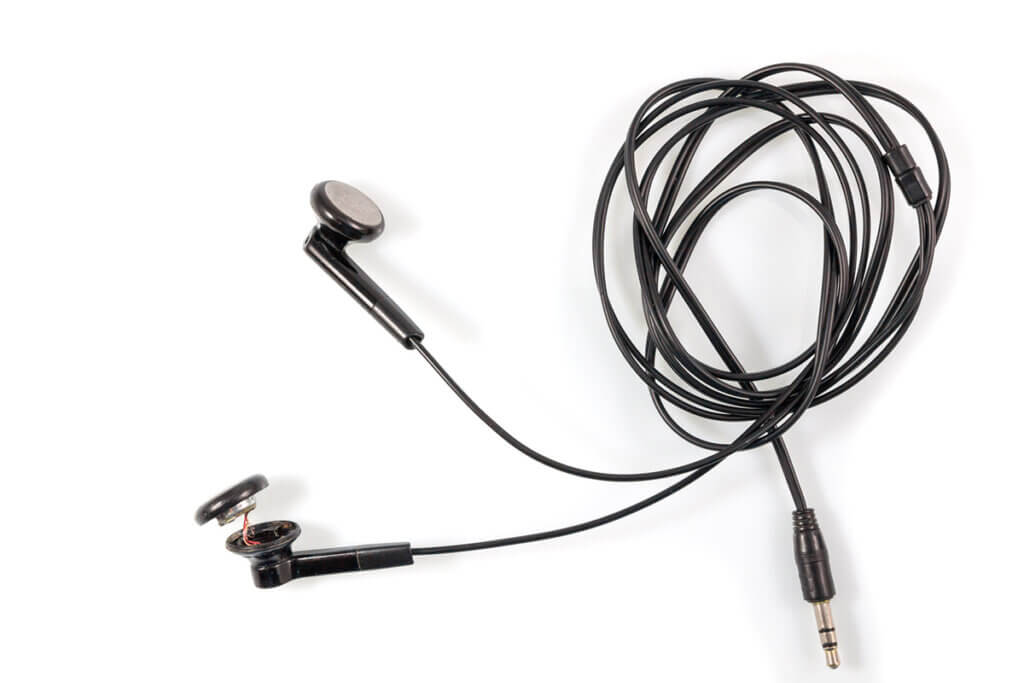
Even the best maintenance practices cannot protect your headphones forever. Sooner or later the padding or the cable is bound to incur some damage. Replacement padding is usually included in the initial purchase and, if not, can be easily ordered online. When purchasing replacement parts, you should make sure that those you buy are suitable for your particular model. Replacing a damaged cable is only possible with certain manufacturers.
Further Questions about Headphones
Can You Use Headphones While Wearing a Bike Helmet?
Cyclists should pay particular attention to the model in question when looking to use headphones while cycling. In traffic, you should make sure to always be able to hear signals from other vehicles, such as beeping horns and sirens.
Does Using Headphones Over a Long Period of Time Cause Hearing Damage?
In general, on-ear and over-ear headphones are gentler on the ears. In-ear headphones sit a lot closer to the eardrum itself and can therefore cause damage more easily. Listening to music at volumes of over 85 dBs can eventually cause hearing damage and, in serious cases, even deafness.
Can Waterproof Bluetooth Headphones Be Used for Swimming?
Depending on the waterproof class, it is possible to use waterproof Bluetooth headphones while swimming. It is recommended to use headphones with safety class IPX8 (protection against sustained submersion) and safety class IPX9 (extensive protection against high pressure and steam jets). Safety class IPX7 offers protections for short intervals of exposure to water, such as while taking a shower. Using your Bluetooth headphones more than 10 metres away from the signal emitting device can cause signal problems and even loss of connection.

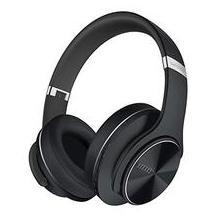
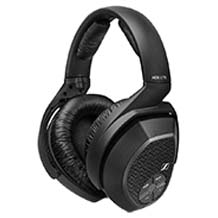
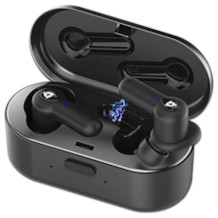
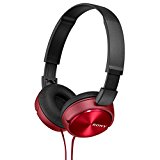
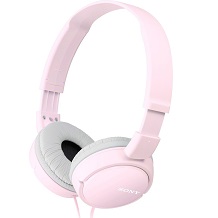
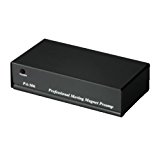
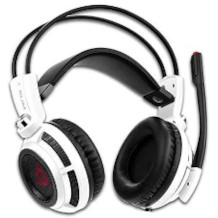
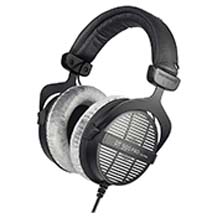
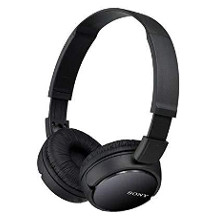
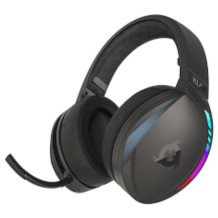
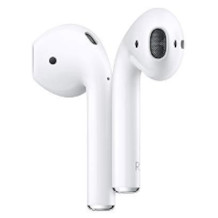
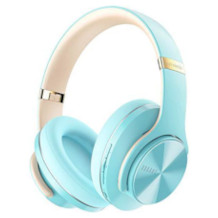
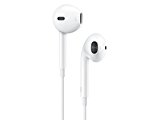
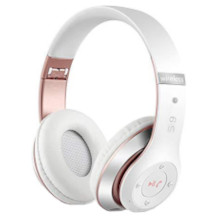
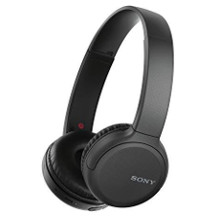


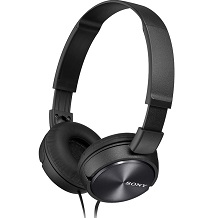
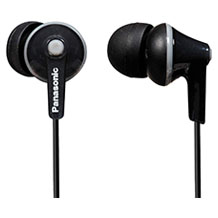
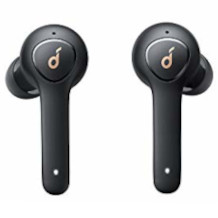
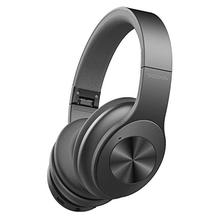
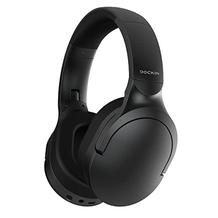
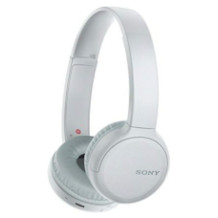
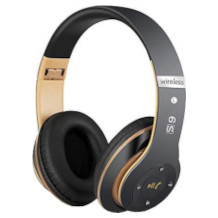

 276 reviews
276 reviews


